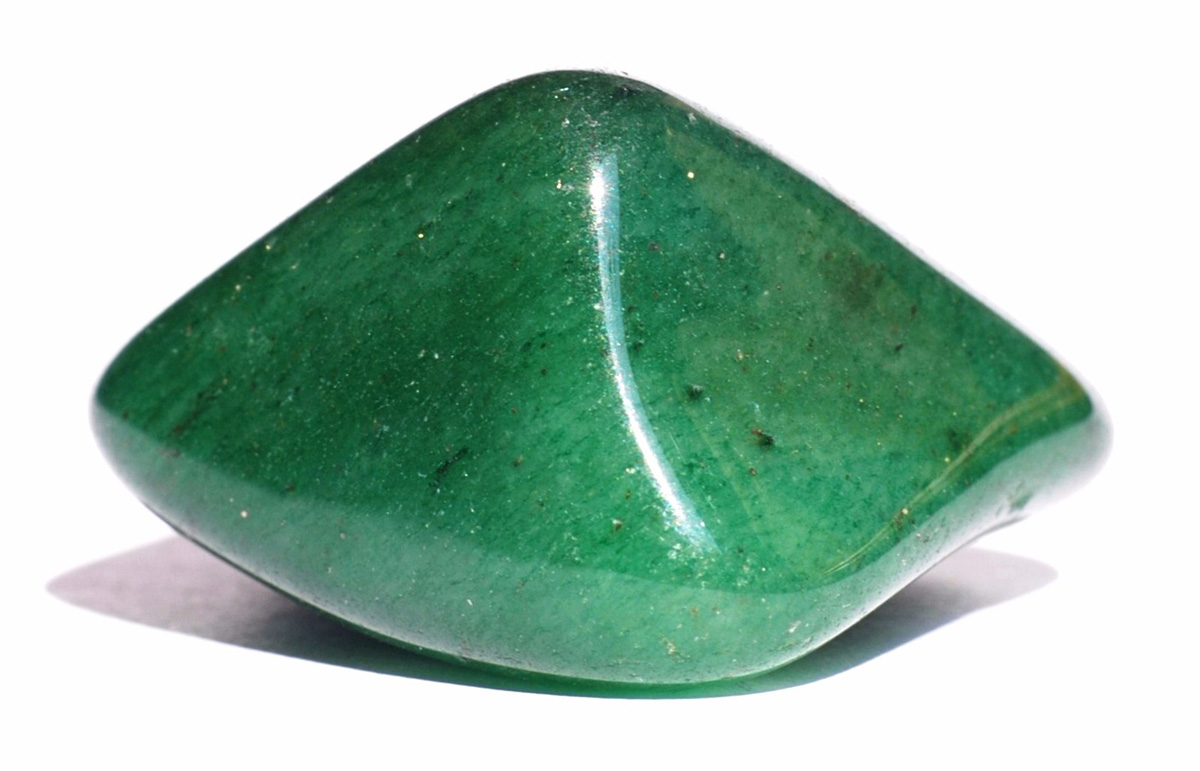
PHYSICAL PROPERTIES
- GROUP Silicates - tectosilicates
- COMPOSITION SiO2
- COLOR Various
- CRYSTALLINE SYSTEM Hexagonal / trigonal
- CRYSTALLINE HABIT Massive
- HARDNESS 7
- FRACTURE Conchoidal
- EXFOLIATION Null
- GLOSS Vitreous
- STRIP White
- TRANSPARENCY Translucent
- SPECIFIC GRAVITY 2.7
MINERALOGICAL CHARACTERISTICS
The aventurine is a variety of quartz containing bright inclusions that give it an iridescent appearance. Although the most common color of aventurine is green, depending on the inclusions it has, it can take on different colors. The green aventurine contains fuchsite, the brown aventurine contains pyrite and red aventurine contains hematite.
The aventurine is also often called green quartz or prasiolite, although unlike aventurine, prasiolite does not contain brilliant inclusions and is much less common than aventurine. aventurine.
Deposits: Brazil, China, India, Russia, United States, Italy, Tibet, Nepal, Czech Republic, Germany, Japan, Slovakia, South Africa and Austria.
-THERAPEUTIC PROPERTIES-
The aventurine is considered a stone of well-being and prosperity. It meets the characteristics of quartz green as a harmonizer, healer and renovator. Provides balance between mind and body, providing stability and emotional calm. It is preferably used in the heart chakra, it protects it and favors its regeneration. At a curative level, aventurine is often used as an anti-inflammatory, for skin ailments and for the eyes.


